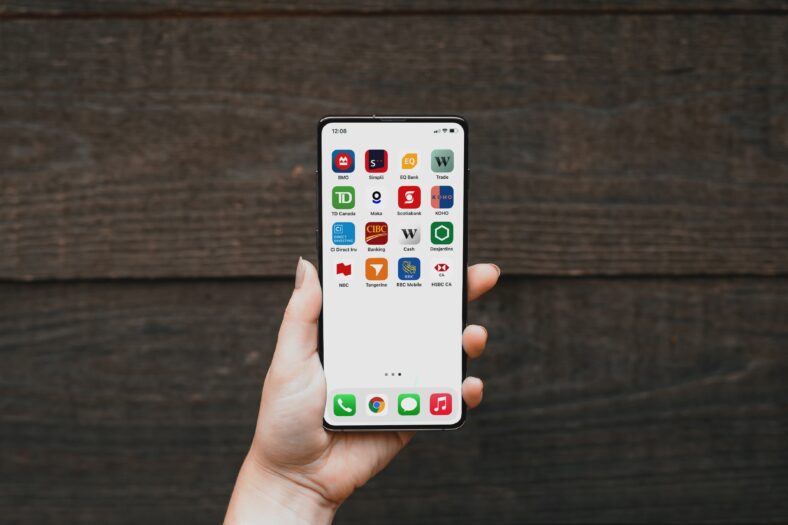Introduction
In the world of custom merchandise and personalized gifts, the attention to detail is crucial—not just in the craftsmanship of the items, but also in the language used to describe them. The phrase “Laser-engraved wine tumbler” may seem straightforward, but even the smallest grammatical nuances can impact customer perception and search engine optimization. In this article, we’ll explore the importance of the correct grammar in product descriptions, focusing on the specific phrase “Fix this grammar: ‘Laser engraved wine tumbler.’ ‘Fix this grammar: Laser-engraved wine tumbler.'” We’ll delve into why precision in language reflects quality in product, and how mastering this can benefit both sellers and consumers.
The Significance of Grammar in Product Descriptions
When it comes to selling products online, the power of a well-crafted description cannot be underestimated. A simple grammatical error or typo can distract potential customers and detract from the perceived value of the item. For instance, the difference between “laser engraved wine tumbler” and “Laser-engraved wine tumbler” lies in the use of the hyphen—a small but mighty punctuation mark. The hyphen signals that “laser-engraved” is a compound adjective, meaning that the tumbler isn’t just engraved and laser, but rather, it’s engraved using a laser. This distinction clarifies the description and adds a level of professionalism that customers appreciate.
The Role of Hyphenation in Clarity
Hyphenation serves as a bridge between words, creating a clear connection that defines how they interact with each other. In the case of “Fix this grammar: ‘Laser-engraved wine tumbler,'” the hyphen connects ‘laser’ and ‘engraved,’ specifying the method by which the tumbler has been adorned. Without the hyphen, there could be confusion, leaving customers wondering if “laser” and “engraved” describe separate features. By using hyphens correctly, sellers can avoid ambiguity and make sure their product descriptions are immediately understood.
Impact on Search Engine Optimization
Search engines like Google utilize complex algorithms to provide the most relevant search results. When a potential customer types “Fix this grammar: ‘Laser-engraved wine tumbler,'” into a search bar, they expect to find products or information that match their query. If a product description lacks the correct hyphenation, it may not appear as prominently in search results. Therefore, understanding and applying proper grammar is not only about professionalism but also about visibility in the crowded online marketplace.
Enhancing Consumer Confidence
Accurate grammar in product descriptions goes beyond aesthetics; it also builds trust between the seller and the consumer. When customers see “Fix this grammar: ‘Laser-engraved wine tumbler,'” they can infer that the seller is attentive to detail, suggesting that their products are of high quality and that their service is reliable. Conversely, repeated grammatical mistakes can lead to skepticism about the seller’s credibility and the product’s worth.
Laser Engraving Techniques and Terminology
Laser engraving is a precise art that involves using a laser to etch designs onto various materials, such as metal, glass, or plastic. The term “laser-engraved” is widely used in the industry to describe this process. Understanding the technique behind the term can help sellers articulate the value of their product, reinforcing why “laser-engraved” is the correct compound adjective to use.
Crafting the Perfect Description
Writing product descriptions is a blend of art and science. To capture a customer’s interest, descriptions should be engaging, informative, and error-free. Using the phrase “Fix this grammar: ‘Laser-engraved wine tumbler,'” correctly, the seller can illustrate their attention to detail and craft. Words matter, and in e-commerce, they can be the deciding factor between a sale and a missed opportunity.
Marketing and Brand Consistency
Maintaining consistent, grammatically correct language across all marketing materials, including product descriptions, reinforces a brand’s identity. A brand that consistently uses “Fix this grammar: ‘Laser-engraved wine tumbler,'” correctly will establish a reputation for precision and excellence. This consistency should extend to all platforms, from the company’s website to social media posts, ensuring a professional image that attracts and retains customers.
Educating the Consumer
Sellers have a unique opportunity to educate their customers on the specifics of their products. By explaining the significance of “laser-engraved” as opposed to simply “engraved,” sellers can highlight the modern technology and skill involved in creating their wine tumblers. An informed customer is more likely to appreciate the craftsmanship and value of the product, leading to greater satisfaction and potential repeat business.
Conclusion
The phrase “Fix this grammar: ‘Laser-engraved wine tumbler,'” encapsulates more than just the importance of a hyphen—it represents the broader significance of accuracy and professionalism in e-commerce. By understanding the role of grammar in product descriptions, sellers can enhance their product’s appeal, improve search engine rankings, and foster trust with their customers. Whether laser-engraving wine tumblers or selling any other product, the meticulous use of language is a key ingredient in the recipe for success.









